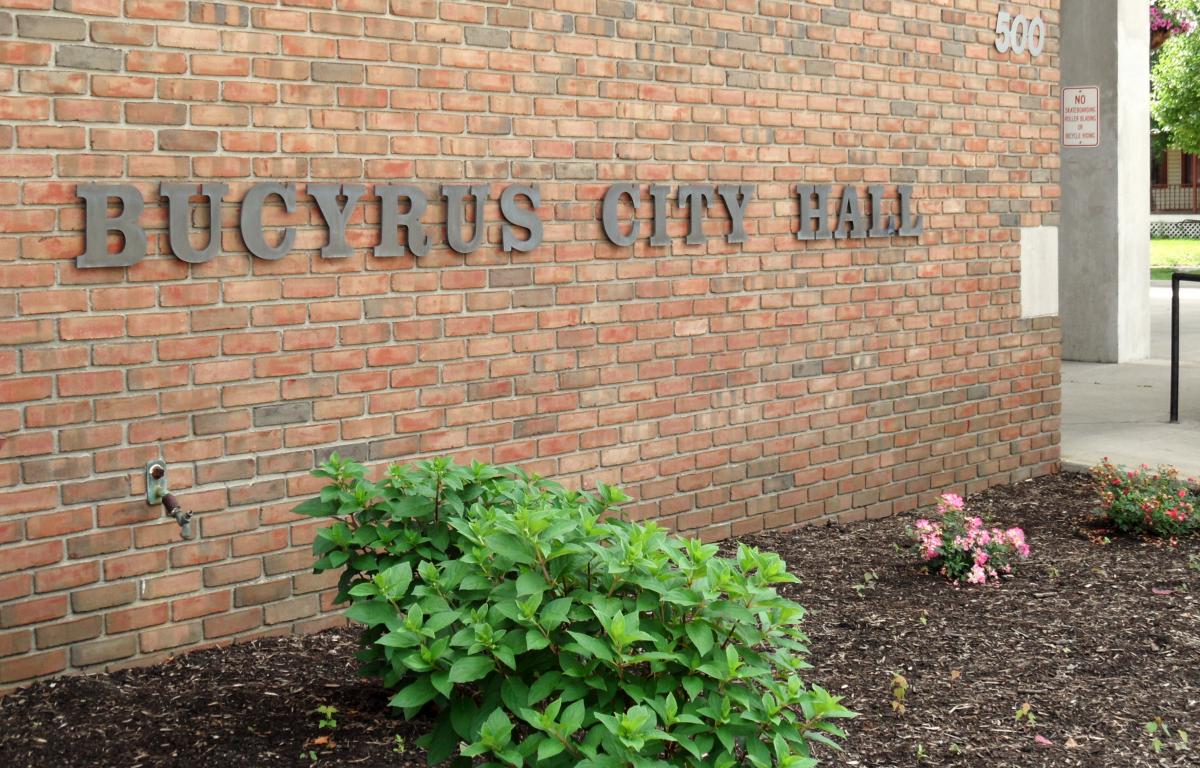BUCYRUS, OH (CRAWFORD COUNTY NOW)—The City of Bucyrus is embarking on a major wastewater treatment plant expansion and rehabilitation project to comply with the US Environmental Protection Agency’s (US EPA) Administrative Orders. The Order mandates the City to manage wastewater flows per the requirements in the Clean Water Act. The planned improvements at the wastewater treatment plant are the second phase of this Order; the first phase (2016 – 2022) included sewer separation projects to reduce the impact of unnecessary rainfall entering into portions of the sewer system. For the second phase, the City has been studying the wastewater treatment facility rehabilitation and expansion project over the past two years to ensure the estimated $58.65 Million in planned improvements meet US EPA’s requirements, expand the capacity to accommodate future growth, and proactively address maintenance needs.
The new City Service Director, Tommy Starner, will issue a Request for Qualifications (RFQ) when the Council accepts the price increase for the expansion of the Waste Water Treatment project. The city will begin accepting information from engineering firms that will be considered for a design engineering contract. This week, the City
Council heard the first reading of the sewer rate ordinance to raise rates over the next three years in preparation for project expenses and future construction loans.
Community Benefits
The City and the Crawford Partnership view the wastewater treatment plant improvements as a critical opportunity to support economic growth and development. With these improvements in place, the City will be more attractive to new industries, which will increase demand for the City’s buried infrastructure and wastewater treatment plant.
Project Financing
This is the largest capital improvement project ever undertaken by Bucyrus, even larger than its $24 Million Water Treatment Facility completed in 2017. Most of the financing is projected to come from the state’s Water Pollution Control Loan Fund. Water Pollution Control Loan Fund is administered by the Ohio EPA Division of Environmental and Financial Assistance and the Ohio Water Development Authority. This spring, the City intends to apply for a zero-percent interest design loan, which will eventually get rolled into a future construction loan. The City recently presented its project to the Small Communities Environmental Infrastructure Group to learn about other potential funding and highlight the need for additional grants and lower interest rates to reduce the costs for its customers. “The City will pursue every practical grant opportunity and continue to advocate for additional subsidies to reduce the interest rate and the financial burden on our residents,” explained Mayor Truka.
The City’s loan payments could exceed $2.9 Million annually over the next 30 years. Payments are expected to start in mid-2028 or early 2029, depending on the final construction schedule. Design engineering will take over a year, and after final plans are reviewed and approved by Ohio EPA, the project will advertise for bids, tentatively in mid-late 2025 or early 2026. City officials are hopeful the current trajectory of interest rates and the bidding climate will work in its favor to proceed with construction around this time.
Rate Impacts
To prepare for the significant increase in sewer fund expenses from future loans and avoid a massive rate hike when payments begin. The City is adopting a strategy to raise rates slowly beginning this year. The additional money generated over the next four years will be saved in a special debt service fund dedicated to helping offset loan payments for the first few years of repayment.
For an average customer consuming 400 cubic feet per month, the sanitary sewer portion of their monthly bill will increase from $28.92 to $33.26 beginning March 1st, 2024. In 2025, it will increase to $37.92 and $42.85 in 2026. This includes rate increases to keep up with modest inflation and prepare for future construction loan payments. Rates will continue to increase but at a gradually slower rate between 2027 and 2030. When rates are up for review in mid-2026, the City will have construction costs and project funding figures to determine the next three-year rate cycle starting in 2027.


